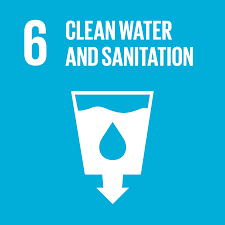
SDG6
CLEAN WATER AND SANITATION
CLEAN WATER AND SANITATION
6.3 Water usage and care
6.3.5 Water-conscious planting
Plant landscapes to minimise water usage. (e.g. use drought-tolerant plants)
Plant landscapes to minimise water usage. (e.g. use drought-tolerant plants)
No. | Description | Evidence | ||||||||||||
|---|---|---|---|---|---|---|---|---|---|---|---|---|---|---|
1. | Landscape at the university led to the planting of trees or plants that do not require the use of water and care. Mimusops elengi as the dominant species planted and they complied with the urban forest health status guideline, whereby a diverse tree population might slow or prevent the spread of insects or diseases, and in the event that such pests should become established, the impact on a diverse tree population may be less severe In Borneo there is a lot of rainfall and this also helps to revive existing crop. | |||||||||||||
2. | November 23, 2024 - Small Act, Big Impact 🌏🌳 A total of 1000 seedlings from different local species were planted today in UNIMAS. This project in collaboration with Takasago Thermal Engineering Co. Ltd, Japan-Malaysia Association (JMA), and supported by the Sarawak State Government and Forest Department Sarawak is a yearly event held since 2018. To date, a total of 27800 trees have been planted, marking UNIMAS’s committment in fostering sustainability, conservation and education of and for the environment. | |||||||||||||


